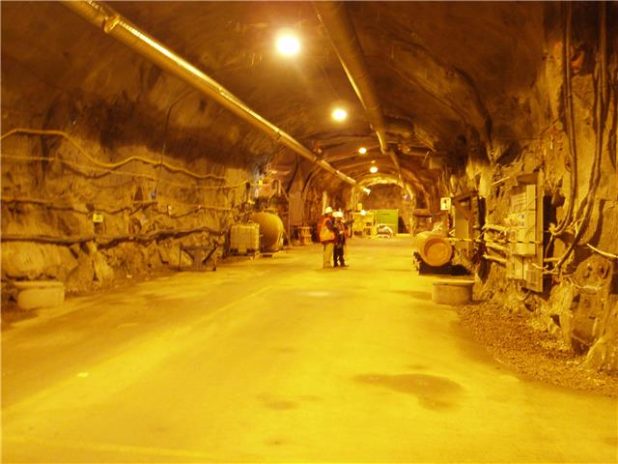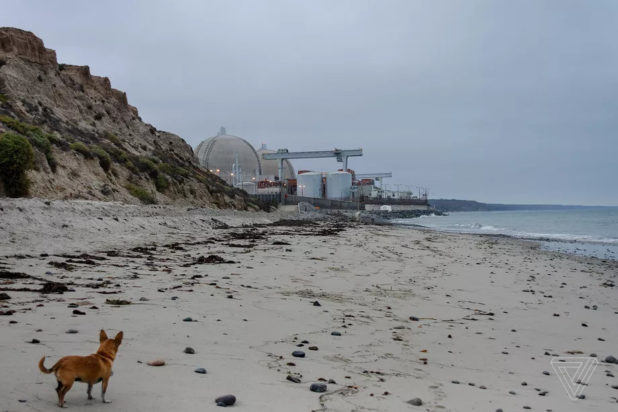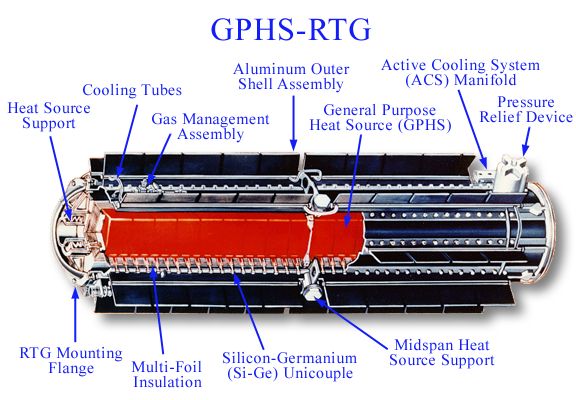Adrian Sol
Daily Stormer
August 31, 2018
Are you ready for the nuclear apocalypse?
I’m so, so tired of all these environmental hoaxes.
Don’t get me wrong. I’m super into ecology and having a clean environment with a diverse ecosystem and all that stuff. I don’t think anyone is actually against that.
Other than the villains from Captain Planet, and – newsflash – not a true story.
This cartoon was literally designed by Jews to prep millennials into believing the Jew global warming hoax by perverting their child-minds.
But it seems like the Jews have really pounced on anything related to environmentalism as an opportunity to make boatloads of illicit money by swindling the goyim with bullshit.
“Nuclear waste” is another one of these hoaxes.
We’re told “nuclear power” is bad because it produces “radioactive waste,” which takes hundreds of thousands of years to decay and become harmless.
We have to spend millions storing this “waste” deep underground.
This, of course, is complete bullshit.
There is no such thing as “radioactive waste.” If it’s radioactive, then it’s an energy source, and it’s very valuable. Spent nuclear fuel storage depots contain billions of dollars worth of precious materials.
This guy was involved in America’s first nuclear fuel recycling operation. He explains all this pretty well.
Knowing all this, stories like the following are pretty ridiculous – and triggering.
When I got to the San Onofre State Beach about 60 miles north of San Diego, the red sun of fire season was sandwiched on the horizon between a layer of fog and the sea. Surfers floated in a line off the shore. It looked like any other California beach — except for the row of signs that warned “Nuclear Power Plant Exclusion Area,” and the twin reactor domes rising above the bluffs.
I was there to see the San Onofre Nuclear Generating Station, a shuttered nuclear power plant right next to the Pacific Ocean. It once supplied electricity to Southern California, but was permanently shut down in 2013. It’s now scheduled to be dismantled, but even when that happens, more than 1,700 tons of spent nuclear fuel will remain — interred in enormous concrete casks behind a seawall. There’s nowhere else to put it.
“Oh, no, where will we put all this fantastically valuable, energy-dense material?”
“Spent” nuclear fuel is still something like 90% uranium.
Uranium is worth $26 a pound – or over $5000 a ton.
So these 1700 tons of “spent” nuclear fuel contain over 30 million dollars worth of Uranium, along with other valuable radioactive materials.
Moreover, this uranium can be reprocessed into uranium-235, which is worth something like $5,000,000 per pound. That’s $10 billion per ton.
1700 tons * 10 billion = 17 trillion.
I don’t have any idea how much it would cost to process 1700 tons of uranium-238 into uranium-235, but my gut feeling tells me it’s probably less than 17 TRILLION DOLLARS.
I’m no expert though.
On the beach, perspectives on the plant ranged from resignation to frustration. “It’s part of the landscape now,” said one man walking his dog. A woman who was roasting marshmallows in the sand with her family said it’s eerie to see the plant when she’s out surfing: “You turn around and take a wave, and you just see these nuclear boobs staring out at you.” Her husband wondered what will happen with the spent nuclear fuel now that the plant is no longer operating. “No citizen wants it here permanently, but nobody wants to take it,” he said. “So we’re just in a really hard spot. What are you supposed to do with it?”
N-nuclear tiddies?!?
It’s a question that nuclear power plants around the country are reckoning with as low natural gas prices, costly repairs, and political pressure have driven a half dozen reactors to retire early since 2013, according to the Department of Energy. More are slated to shut down in the next ten years — including Diablo Canyon, California’s last nuclear power plant, Rob Nikolewski reports for The San Diego Union-Tribune. That leaves communities that are no longer benefiting from nuclear power saddled with its waste — cooling off in gigantic pools of water made out of reinforced concrete or steel and concrete containers called dry storage.
This is all so tedious.
What you’re “supposed to do with it” is to use it.
You know, like every other country on earth is doing.
In the United States, the Obama administration stepped back from President Bush’s plans for commercial-scale reprocessing and reverted to a program focused on reprocessing-related scientific research. Nuclear fuel reprocessing is performed routinely in Europe, Russia and Japan.
Ugh.
Only America is suffering from this retarded scam, where private companies are “storing” billions of dollars worth of nuclear material, often at taxpayer expense, waiting for the day when they can reprocess it and sell the valuable fuel for enormous profits.
Did you know you can use radioactive materials as an energy source even without a complicated and dangerous power plant? You could just have a device the size of a microwave oven in your home, providing power for hundreds of thousands of years.
This is what they use on the international space station. This is not an expensive or high-tech device.
The power output isn’t high, but still enough if you have a very energy-efficient home. The level of radiation wouldn’t be dangerous either, even with minimal shielding.
Now, utilities like Southern California Edison, which operated San Onofre, are stuck in a holding pattern: guarding the waste, and suing the government for billions of taxpayer dollars to pay for it. “The federal government has not fulfilled their obligation to come take the fuel from this plant site, or any commercial plant site,” Ron Pontes, team manager of decommissioning environmental strategy at San Onofre, told me. “So, until they do so, the fuel is here and we are charged with taking care of it.”
This is the scam.
They’re asking taxpayers to pay them for storing unbelievably valuable fuel, which they retain ownership over. They’re hoarding it until the time comes to finally start “reprocessing it,” presumably when oil and gas prices start climbing up due to dwindling natural supplies.
And then they’ll make mad bank.







